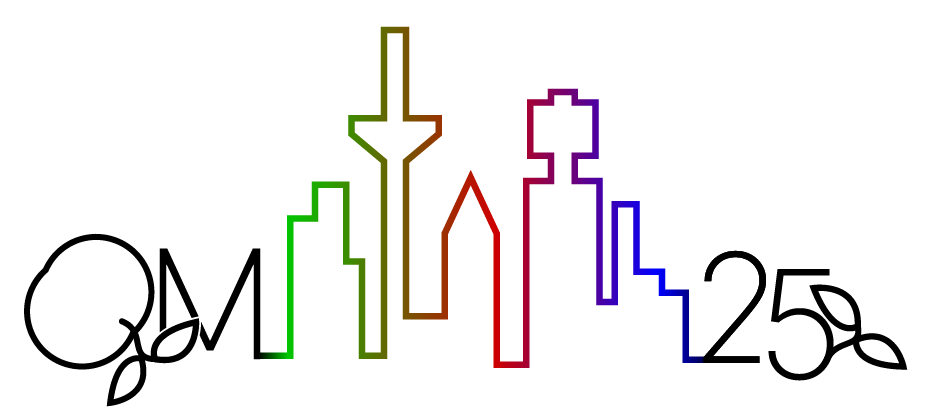Speaker
Description
The appearance of vortical structures originating from gradients is a ubiquitous signature of collective fluid dynamic motion. We present event-by-event simulations for central asymmetric light+heavy and Au+Au collisions to investigate the formation and evolution of vortex-ring structures in the longitudinal flow velocity profile [1]. The production-plane polarization of $\Lambda$ hyperons, defined with respect to the $\Lambda$'s momentum and the beam, can track the "vortex ring" feature in the event, a characteristic vortical structure generated by longitudinal flow gradients. We make comprehensive model predictions for the rapidity-dependent vortex-ring observables for different collision system sizes at $\sqrt{s_\mathrm{NN}} =$ 200 and 72 GeV. Our predictions at the latter energy can be explored in the future LHCb fixed-target experiment (SMOG2) at the Large Hadron Collider. We further make hydrodynamic model comparisons with the preliminary CMS hyperon polarization measurements in p+Pb collisions at 8.16 TeV.
[1] D. Dobrigkeit Chinellato, M. A. Lisa, W. Matioli Serenone, C. Shen, J. Takahashi and G. Torrieri, "Vortex Rings in Event-by-Event Relativistic Heavy-Ion Collisions," arXiv:2407.02212 [nucl-th]
| Category | Theory |
|---|
